When I was looking for a school for my eldest daughter, I found out that there are three types of school setting implemented in the Philippines: traditional, Montessori, and progressive (you can learn more about it here).
After doing research, attending tons of preview classes, accepting the fact that homeschooling is out of the option, and knowing my daughter’s personality, I realized that progressive school is the best approach for her, at least during the first year of her schooling. A year after and she was not accepted to our school of choice because of age, so we continued with the same school. Now that it’s time for our youngest one to go to school, we figured that progressive school is the best choice for her.
So, why choose progressive school? Why do we advocate progressive school for kids, especially for the first two or three years of schooling?
- Child-centered
This was our biggest consideration when we first enrolled our eldest. I’m sure all schools, regardless of the setting, focus on kids and their development. On the other hand, progressive schools encourage more participation and discussion with the kids. I also noticed that during Exploration Time, the teacher pulls out one student at a time for individual session. This way, the teacher can assess the areas a student needs to improve on. Kids develop at a different pace from the others and progressive schools understand that.
- Smaller Class Size
There are only nine students in my youngest daughter’s Pre-Kinder class. When my eldest was in Nursery, they are only eight in class. Now that she moved to a bigger school, they are 22! See the difference?
Kids can adjust eventually, but seeing too many kids can be a shocker for them. If you have a kid who is tao-phobia like mine, starting small in school can be more beneficial for him/her instead of bringing them immediately in a bigger setting. Plus, teachers are more focused on the kids since there are not many students demanding for attention. 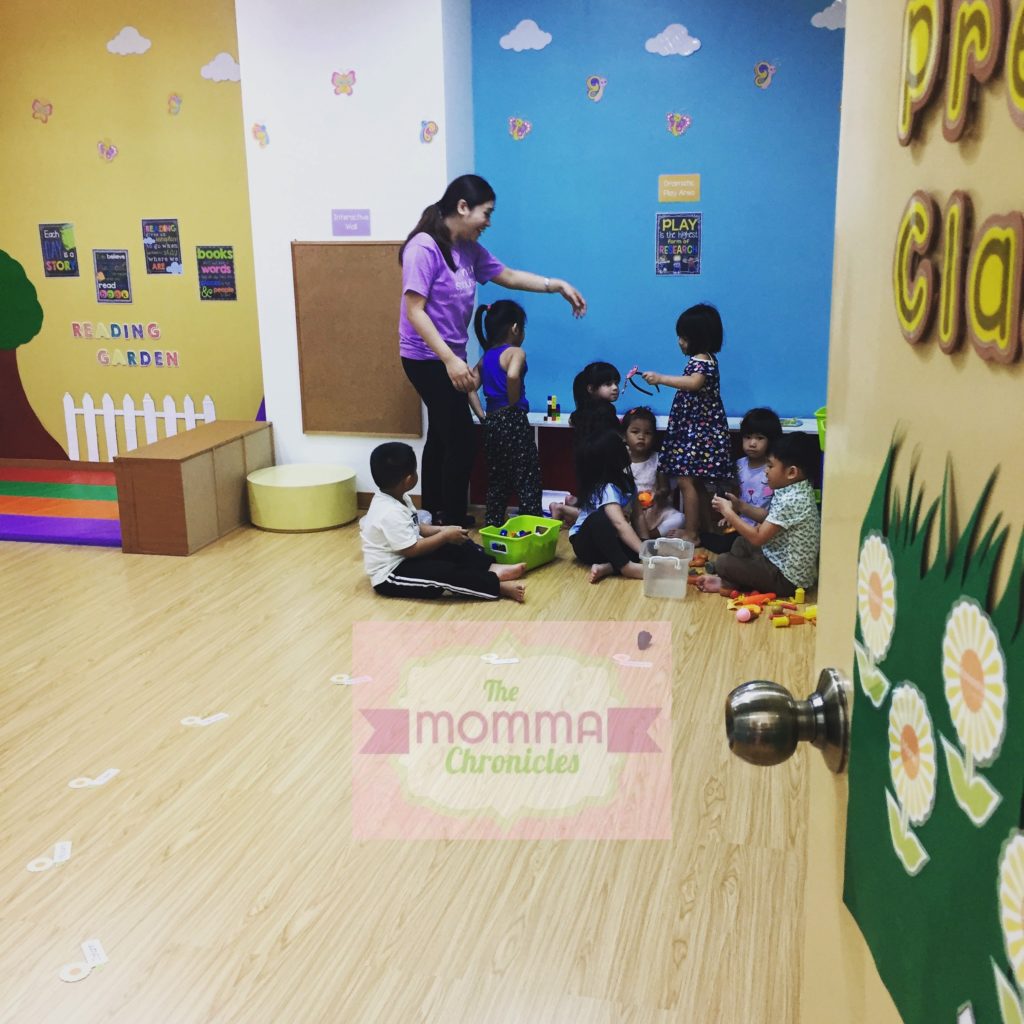
- Lesser Academic Pressure
Can you imagine a four-year old carrying five books and worrying about homework or a big test for the following day? I don’t want that. They’ll have plenty of time worrying about that when they get older.
The good thing about progressive school is that there are no assignments, books, or exams at the end of the semester. There is no Top 1 or list of outstanding students. Blackboard is missing too, and the room is often filled with charts and rules presented in a colorful manner. Concepts are taught (yes, they learn simple addition and subtraction already), but these concepts were introduced in a more engaging manner. Instead of the usual teacher-blackboard-while-kids-listen setting, kids learn through play, experiments, crafts, and at times, real-life application.
Check out my post about Gymboree Preschool
What I like more is that there is no grading system. My daughters can be very competitive and I don’t want them to experience “failure” at an age where they don’t fully understand yet the concept. Since there is lesser academic pressure, they feel more relaxed and eager to go to school. 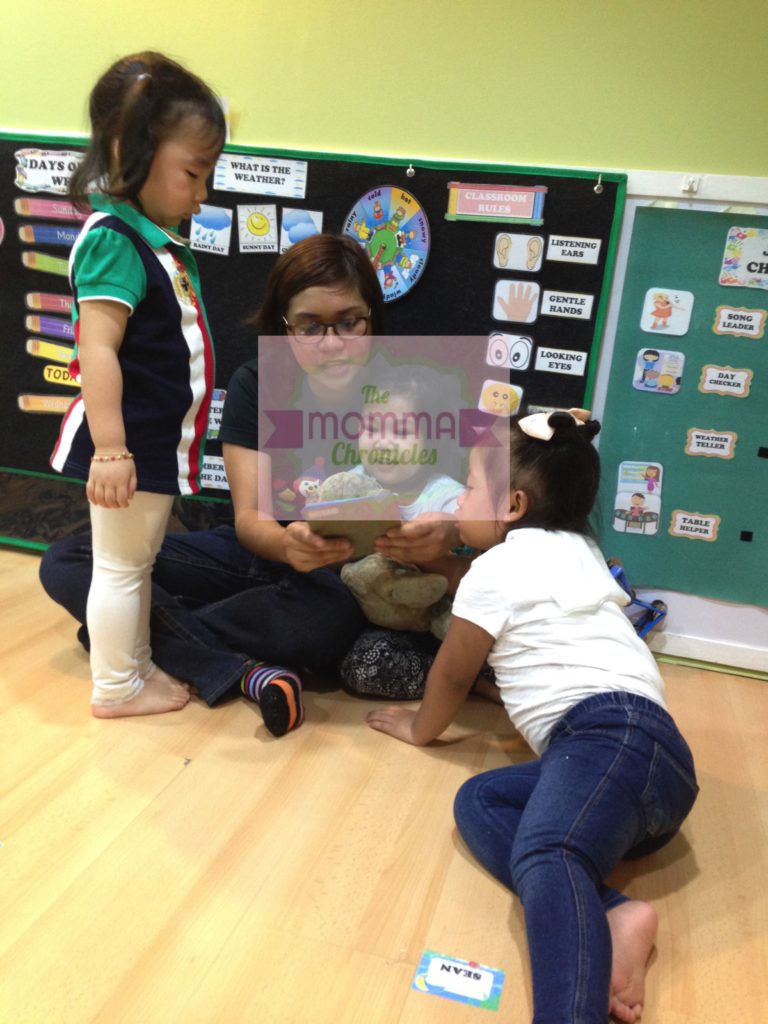
- Play is Always Part of Learning
Let’s face it: kids are kids. As much as we want them to sit down and listen to the teacher, they will always find a reason to run around and play.
Discipline is instilled in progressive schools, but I noticed that they always incorporate play as part of the learning process. There was even a time when instead of just reading the book out loud (the story was about Maisy going to the supermarket), my daughter’s class went to the play floor, re-enacted the story, and pretended they were Maisy going to the supermarket, props included.
How can I child say no to that? No wonder my daughters enjoy going to school. 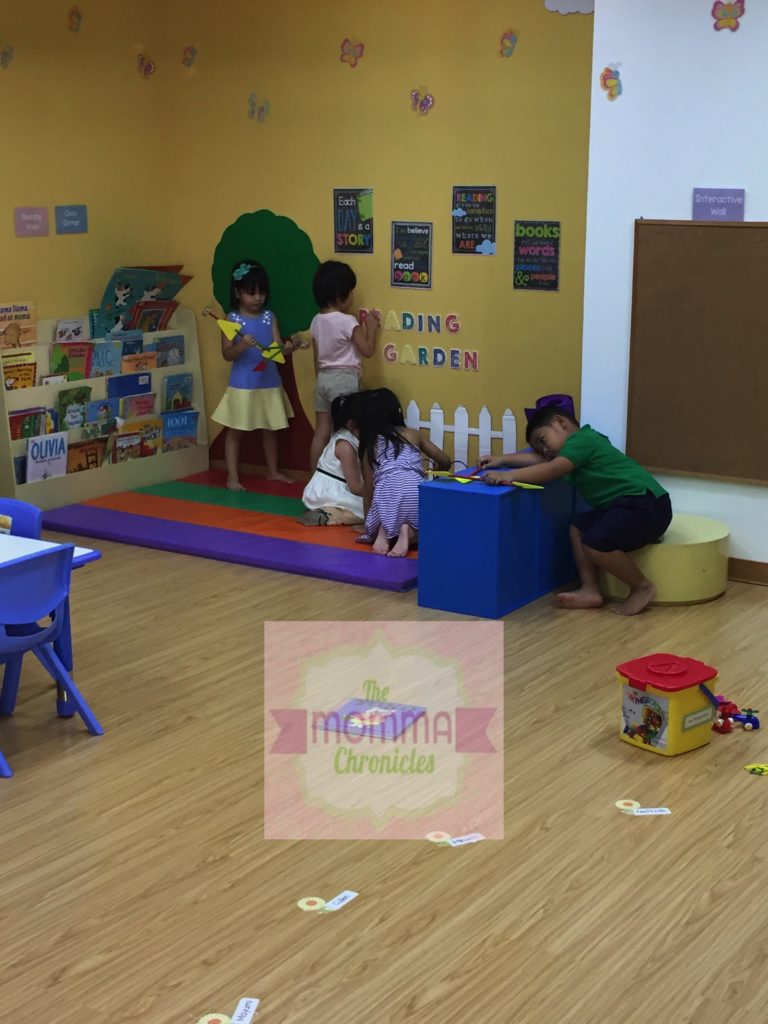
5. Best Fit for their Personality
My kids are active. VERY ACTIVE. It can be challenging to make them sit still or finish a craft without running around first or talking to other people.
This is one of the many reasons why we went for progressive school. The sit down method in traditional schools won’t work for them. They need enough space to move around, enjoy talking to their classmates while finishing a task, and be engaged. Since play is incorporated in their activities, it is easier for them to do what needs to be done since they are having fun while learning both at the same time.
Overall, my daughters, especially my eldest enjoyed her two years of stay in progressive school. She was always looking forward to the day’s activities and excited to see her classmates and teachers. She didn’t develop any “hate” towards school she is more relaxed and comfortable with the setting. They will go to a traditional school eventually, but based from our experience, starting with progressive school will help them adjust in the school setting.
It’s okay if you are more inclined to sending your child in a traditional or Montessori school. I am not forcing anyone to go for progressive. I just know my daughters well and based on their personality and behavior, progressive approach is the best one for them. I don’t want to impose too much pressure or introduce a rigid schedule on them while they’re four or five years old; hence this approach. I want them to learn and at the same time, play and have fun doing the activities to make them feel more relaxed.
In the end, the choice is yours. My only (unsolicited) advice is this: get to know your child better to find out the best approach for him/her.
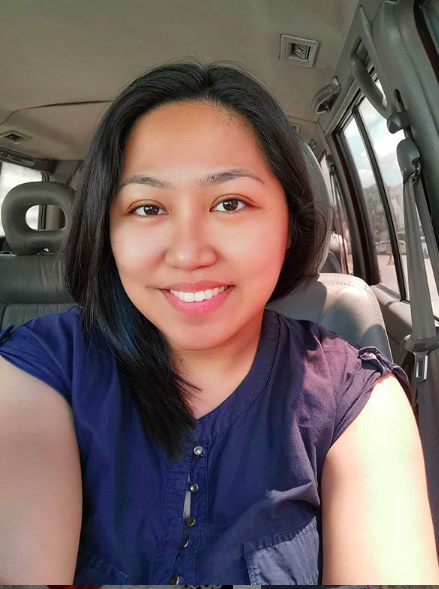
Ayi is a stay-at-home mom of two. When her kids are in their best state, she keeps up with chores, work, and ensuring that her sanity is intact. Join her as she navigates through this rollercoaster ride called motherhood.

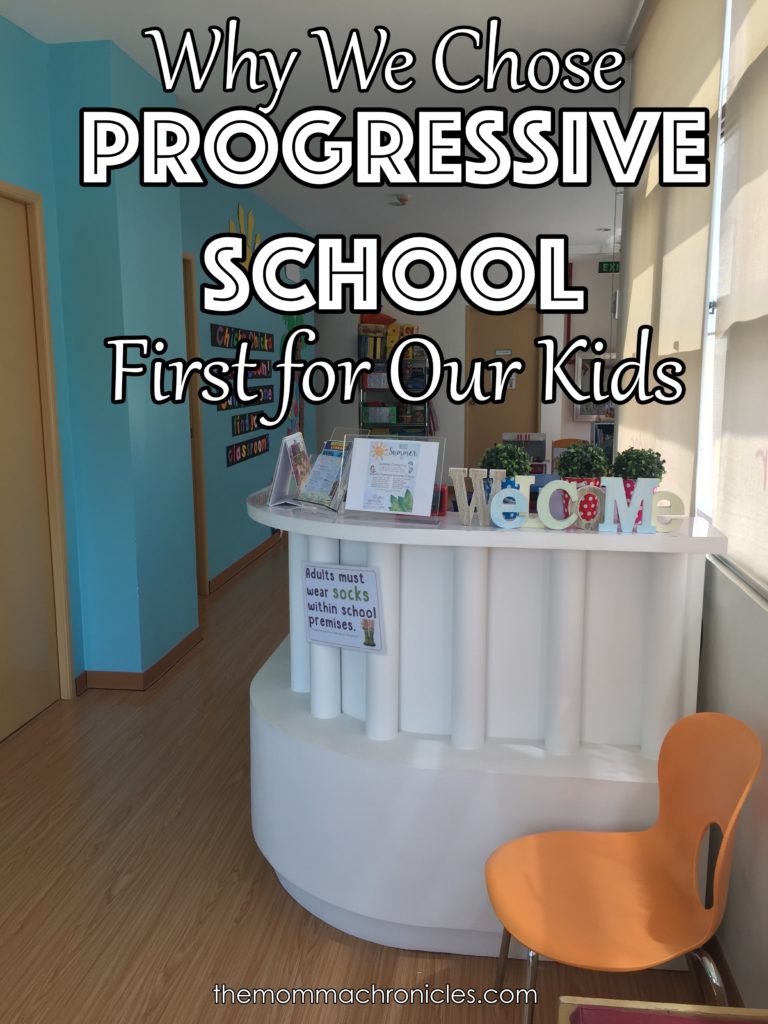
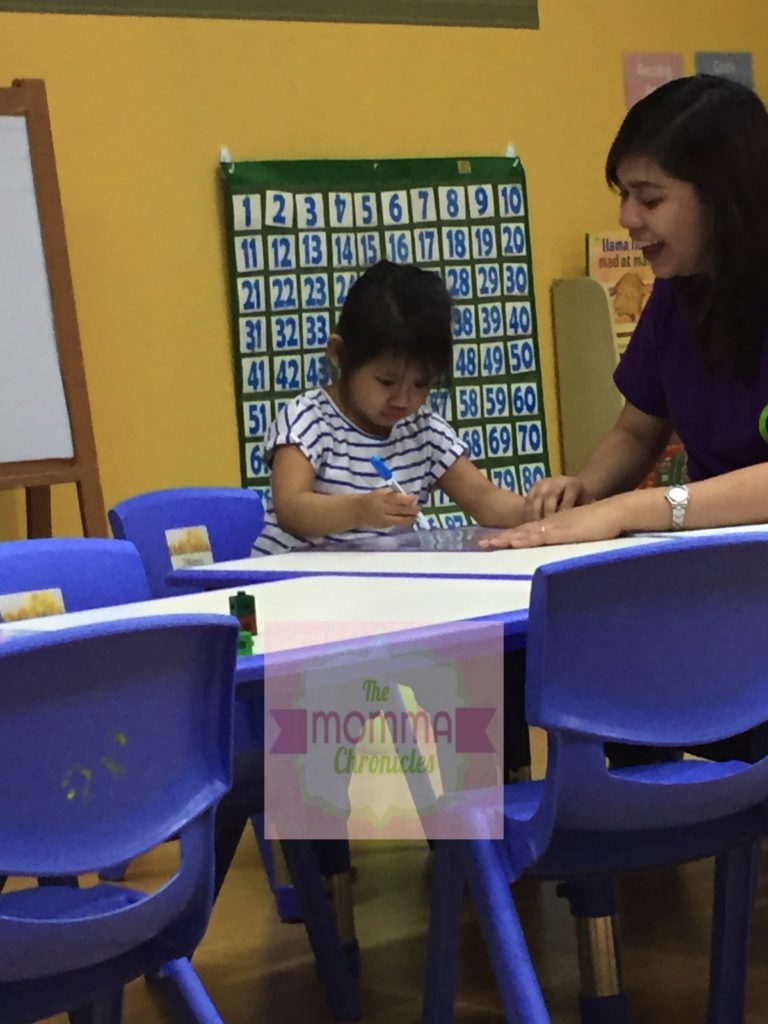
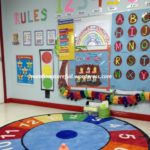


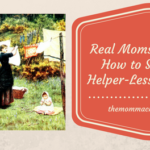


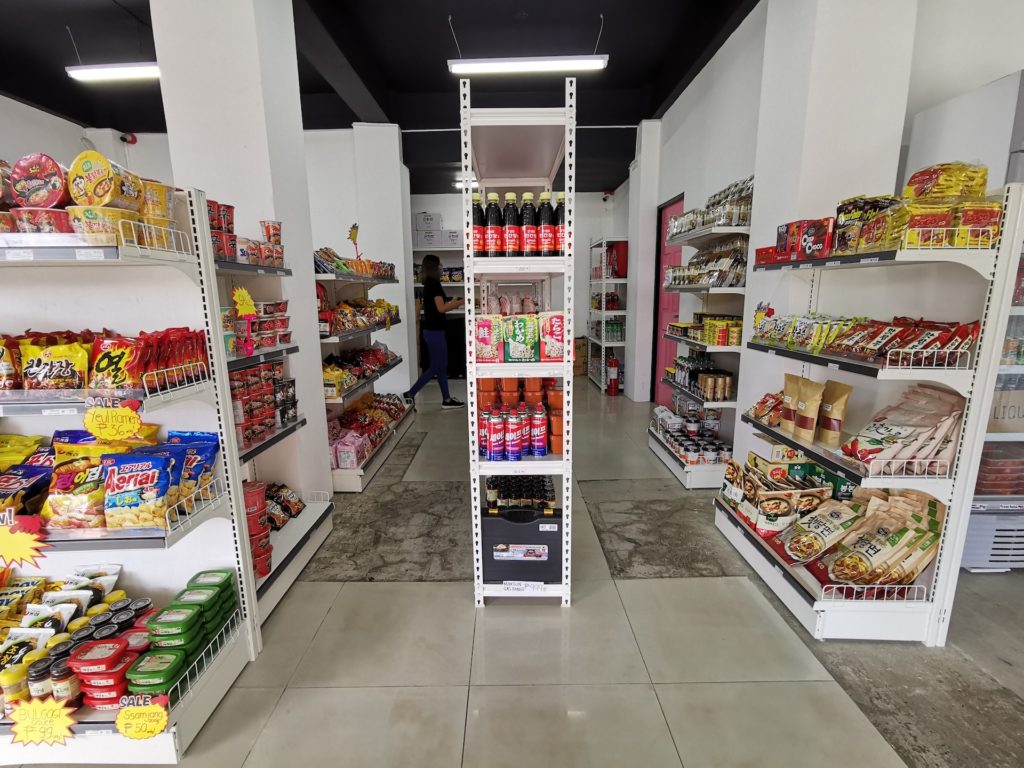
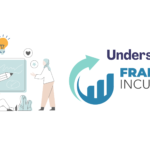


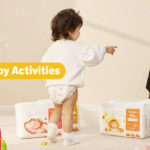



0 Comments